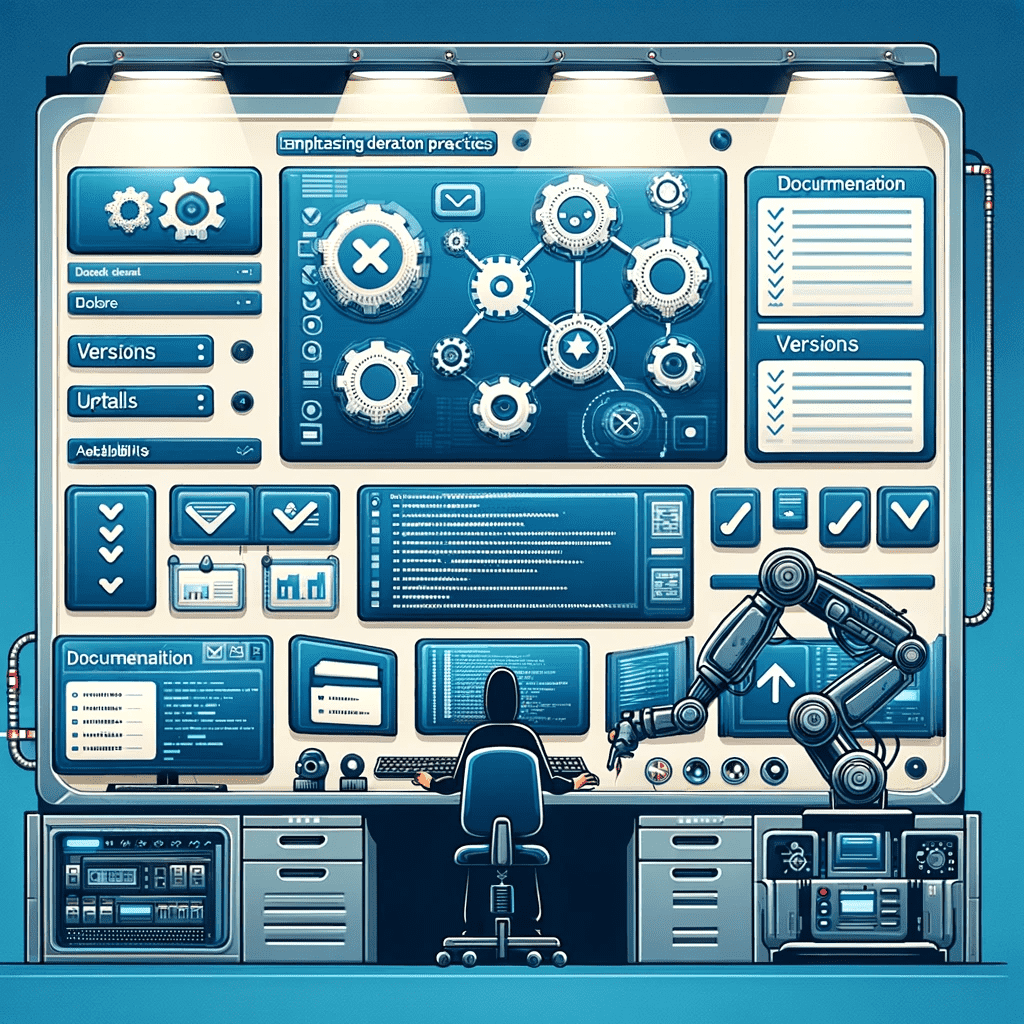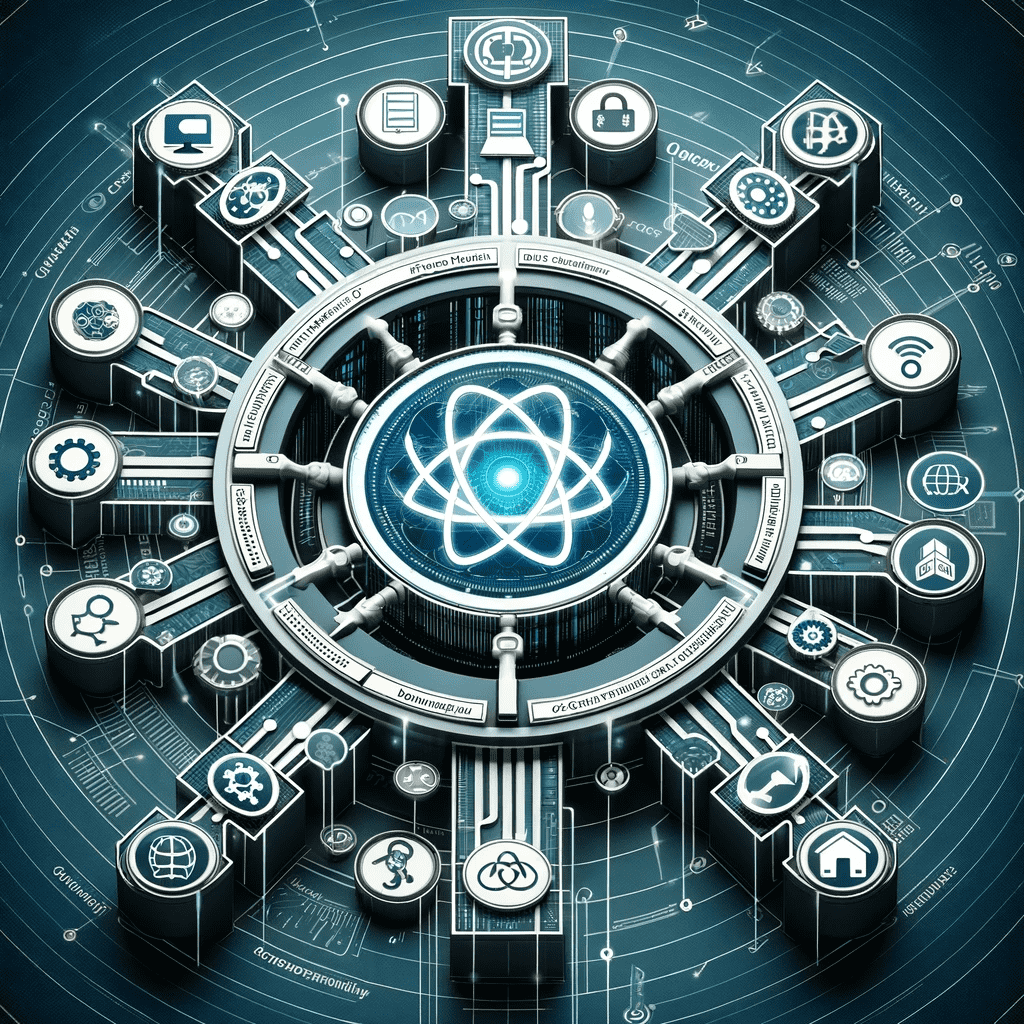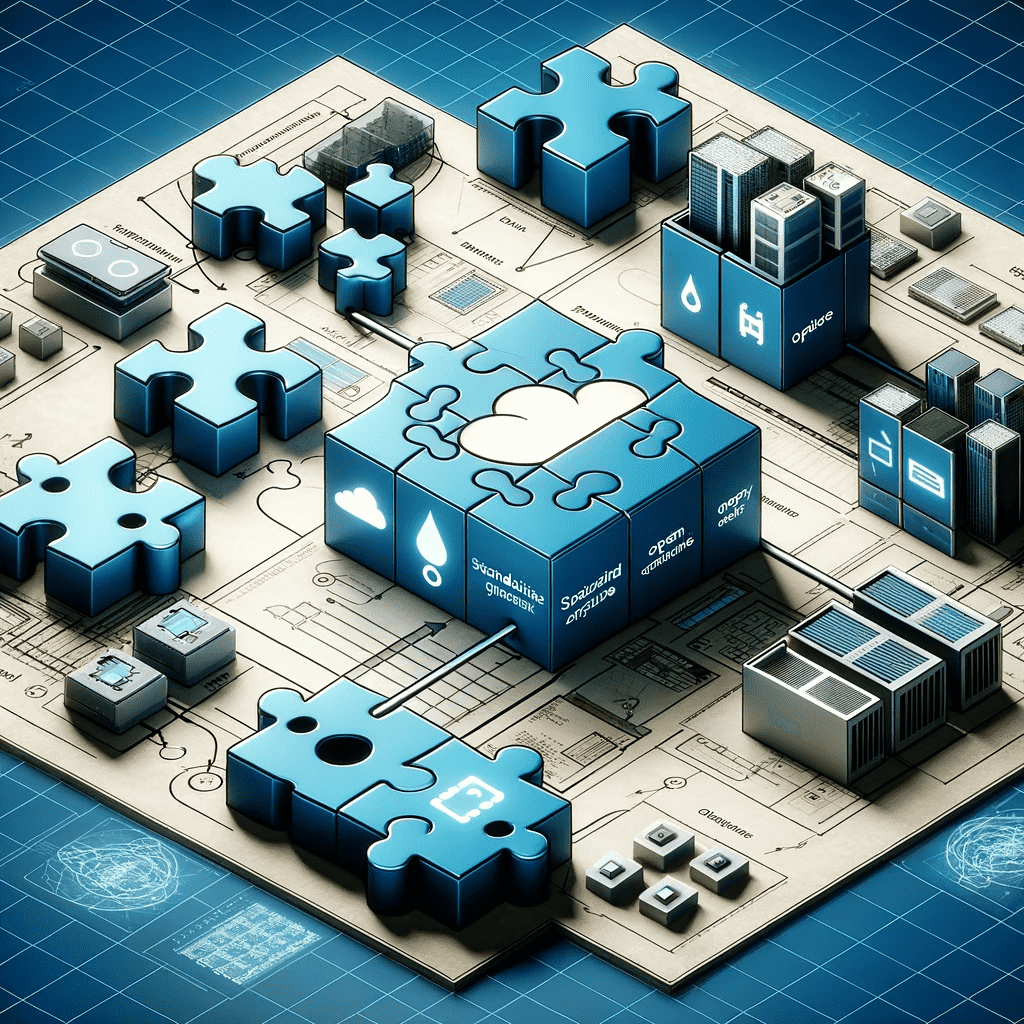Redefine your IT needs
WITH US
At Agramer, everything we do is driven by a single, consistent purpose; to find the right solution to the problem. We are driven by a culture of high quality, performance and high commitment, where trust, honesty, collaboration, professionalism, accountability, curiosity and caring are at the core of everything we do as an IT-IoT services company.
IT CONSULTATION
PROCEDURE
We can support you in all phases of the IT transition process. Starting with identifying the current situation and needs, creating the project description, identifying the right technologies, modeling the process efficiently and accurately and the pricing matrix, both for the delivery of the solution and the ongoing costs.
Our focus is on providing cloud-based solutions with a particular focus on integrating IoT infrastructure into the corporate network.
IT SERVICE
Design is one
Journey of discovery
In today’s ever-evolving technology landscape, companies are constantly looking for ways to increase efficiency and streamline their operations. A prominent trend in recent years is the seamless integration of Operation Technology (OT) infrastructure into the enterprise ecosystem, driven by the cutting-edge DevOps approach.
This transformation journey is not just about rethinking the design, implementation and management of your services and infrastructure. It’s an invitation to explore a realm of limitless possibilities and unlock the hidden value of your data. Join us on this exciting journey of discovery and take your company to a new level.

Closing the gap
Traditionally, OT and IT were two separate areas within an organization. OT focused on managing physical assets such as machines, sensors and industrial control systems, while IT took care of data processing, software development and network infrastructure. These silos often led to inefficiencies and missed synergy opportunities.
Integrating OT into the enterprise IT ecosystem aims to close this gap. It recognizes that the data generated by OT systems is a valuable resource that, when properly utilized, can drive informed decision making and improve operational excellence.
Accept challenges and develop opportunities
Integrating OT into your company’s IT ecosystem undoubtedly presents a number of challenges. Legacy OT systems, which often lack modern IT security standards and accessibility, require careful planning and execution as they converge with modern technology.
Nevertheless, the prospects for innovation and efficiency are enormous. Those who embark on this journey of discovery will not only realize the full potential of their OT resources, but also improve overall business agility. Seize the moment, give us the chance to overcome all obstacles, and we will pave the way for your future full of possibilities.
Unlock your business potential with Agramer’s DevOps-driven IoT/OT integration The DevOps approach
The DevOps approach
Automation:
DevOps promotes the automation of repetitive tasks, making it easier to manage and remotely monitor OT devices and systems. This results in improved operational efficiency and reduced downtime.
At the heart of this integration is the adoption of DevOps principles and practices. DevOps is not just a methodology; It represents a cultural shift that emphasizes collaboration, automation, and continuous improvement between development and operations teams. When applied to OT and IT convergence, it brings several benefits:
Continuous Integration and Delivery (CI/CD): By implementing CI/CD pipelines for both OT and IT, your organization can ensure seamless integration, testing, and deployment of software updates, security patches, and configuration changes.
Scalability:
OT systems often require scalability to adapt to changing operational needs. DevOps provides the flexibility to scale infrastructure and applications as needed, ensuring your OT resources meet changing needs.
Security:
Security is of utmost importance when integrating OT into your business ecosystem. DevOps practices include security measures from the start, enabling proactive threat detection and mitigation.
Monitoring and analysis:
DevOps emphasizes real-time monitoring and data analysis. Applied to your OT, this enables predictive maintenance, anomaly detection and optimization of industrial processes.

Revolutionize legacy systems
In today’s fast-paced digital landscape, businesses are often hampered by outdated systems that were once state-of-the-art but have now become barriers to progress. These systems typically suffer from a variety of issues, from limited access to critical data to a lack of visibility and control over key assets.
Issue 1: Provider-protected access and data control
A common challenge with legacy systems is the vendor’s tight control over access to field devices and ownership of critical data. In many cases, the data generated by these devices is managed by the provider, making it difficult for the company to realize its full potential.
Problem 2: Lack of monitoring tools
Older systems often lack robust monitoring tools to monitor how devices communicate across the network. The lack of real-time monitoring can lead to operational blind spots, making it difficult to immediately identify issues such as lost packets or network congestion.
Issue 3: Limited device information
Another major problem is the lack of information about device-specific firmware and configuration details. In legacy systems, important information is often scattered or undocumented, making it difficult to effectively manage and maintain devices.
Problem 4: Provider control over the infrastructure
With older systems, the vendor often has full control at the field level and dictates the terms of any infrastructure improvements or changes. This vendor-centric approach can result in high costs and delayed upgrades as companies are at the mercy of the vendor’s schedule and pricing structure.
Problem 5: Lack of device interchangeability
In closed systems, device interchangeability is often limited because vendors make decisions that may not reflect the company’s interests.
Issue 6: Opacity of OPEX
Legacy systems often lack transparency when it comes to operating expenses (OPEX). Companies may not have a clear idea of what the provider does or the true cost of the services provided.
The closed system vs. open systems paradigm
Additionally, legacy systems tend to follow the closed systems paradigm, where providers tightly control the entire ecosystem.
Fortunately, implementing DevOps principles and practices can pave the way for overcoming these challenges and usher in a new era of efficiency, flexibility and cost-effectiveness. DevOps promotes the idea that data should be owned and controlled by the business itself, ensuring that valuable insights are easily accessible and not locked behind proprietary barriers.
How DevOps unlocks potential and freedom
DevOps practices emphasize continuous monitoring and data analysis, enabling organizations to proactively identify and resolve network and device performance issues
DevOps allows companies to take control of their infrastructure and enable faster, more cost-effective changes based on their unique needs.
DevOps practices bring transparency and accountability to OPEX, enabling companies to make informed decisions and optimize their spending.
DevOps-driven practices emphasize documentation, version control, and automation, ensuring device details are readily available for troubleshooting and updates.
DevOps-driven practices promote standardization and open architectures, allowing companies to choose devices that meet their needs and can be easily replaced or upgraded when needed.
DevOps promotes open systems that emphasize interoperability, flexibility and adaptability. Open systems enable companies to select the best solutions and adapt to changing technology landscapes without being tied to a single provider’s proprietary ecosystem.
Die beste Lösung für Ihre Träume.






